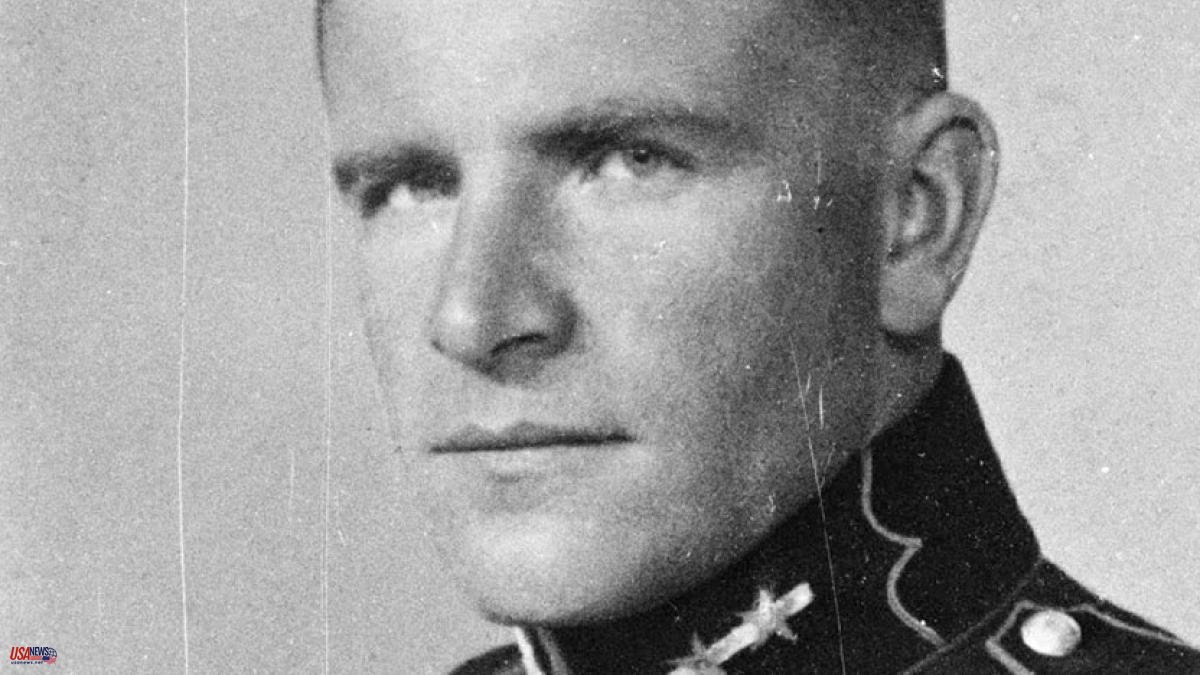“You're a journalist, why don't you find out?” This is how Linda Kinstler began, with a request from her father, a Latvian who had emigrated to California, to investigate the mysterious and controversial past of her grandfather. Mysterious, because he disappeared after World War II without a trace. Controversial, because he belonged to the Arajs Commando, a Nazi extermination brigade made up of Latvian volunteers, responsible for the deaths of thousands of Jews.
At first, Kinstler resisted his father's request. He was too painful. And not only because his grandfather could be a Nazi criminal, but because his maternal family, originally from Ukraine, was Jewish.
However, there was a peculiarity in her ancestor's biography that encouraged her to investigate: he had worked with the KGB after the war. Was her grandfather a double agent infiltrated in the Arajs Command or had he opportunely changed sides when the Soviets arrived? Furthermore, could his disappearance be related to the discovery of his Nazi past by the Soviet police?
Kinstler set out to answer these questions and translate them into a research paper. What he did not expect was to find another name, a famous Latvian aviator who would end up determining the direction of his study: Herberts Cukurs.
National hero for some (“the Baltic Lindbergh”), Nazi criminal for others (“the Executioner or Butcher of Riga”), Cukurs was assassinated by Mossad in 1965 in Uruguay by the same commando that had kidnapped Adolf Eichmann five years earlier. . While Kinstler was investigating his grandfather's past, Cukurs, his partner in the Arajs Commando, was the subject of a judicial process in Latvia.
How could a dead person be the subject of a criminal investigation? the author asked herself. The search for that answer intersects admirably with the exploration of her grandfather's past in the magnificent Come to This Court and Cry. The work is both a fascinating family biography and a brilliant essay on revisionism and denialism.
Kinstler reflects on the rise of whitewashing of historical figures accused of war crimes, driven by ultranationalist ideologies, relying on the lack of legal evidence (most of the witnesses are dead) to prove these crimes. A twisting of the events of the past that illustrates the difficulties of reconciling law with history, the work of the judge with those of the historian.













